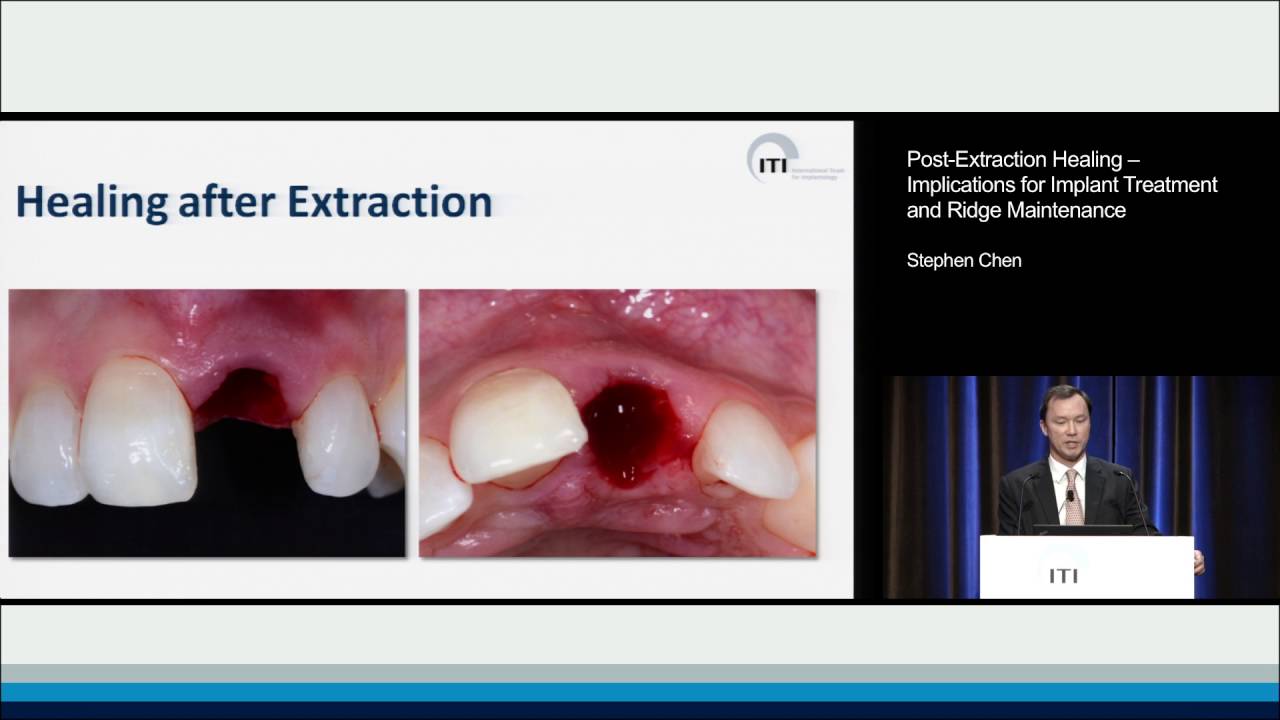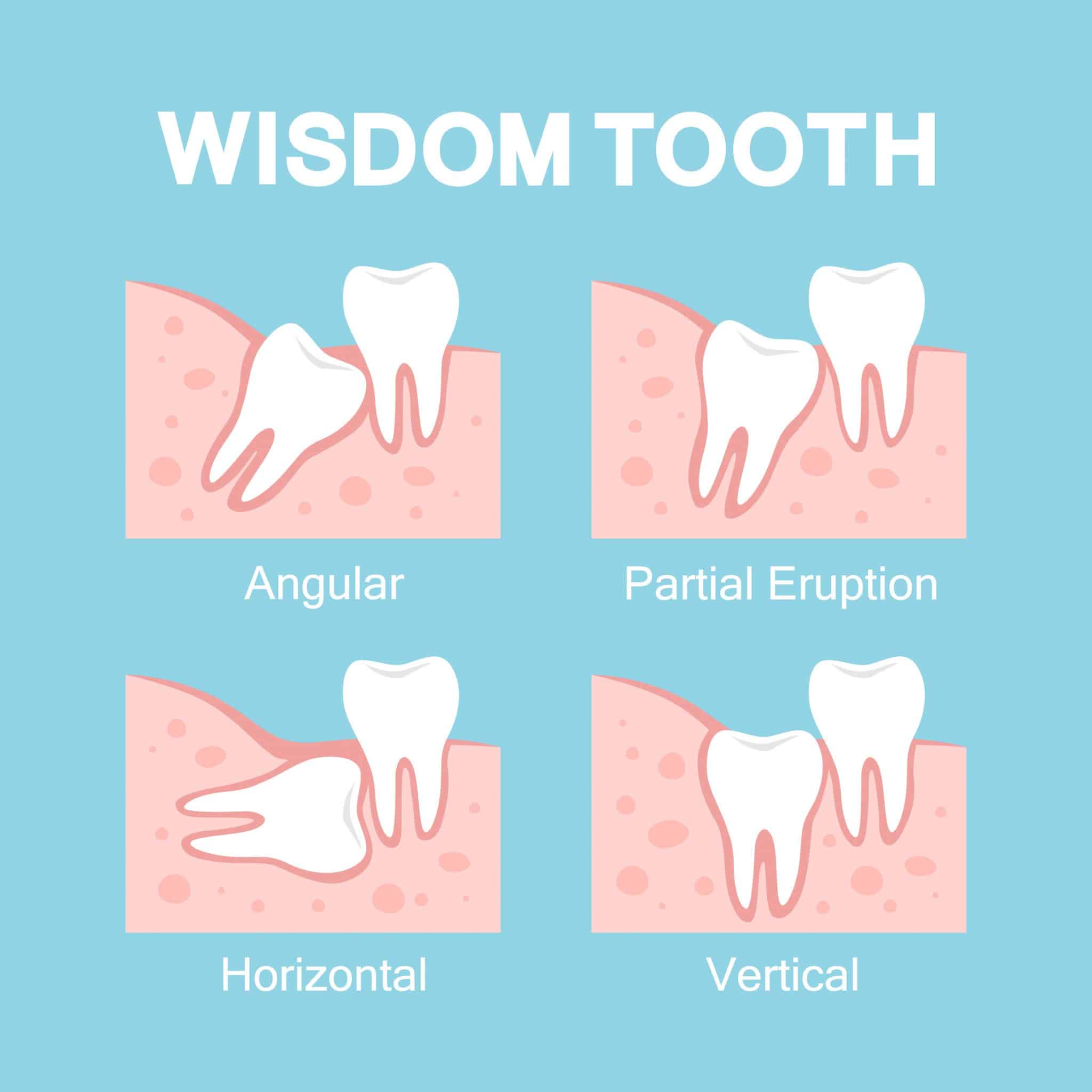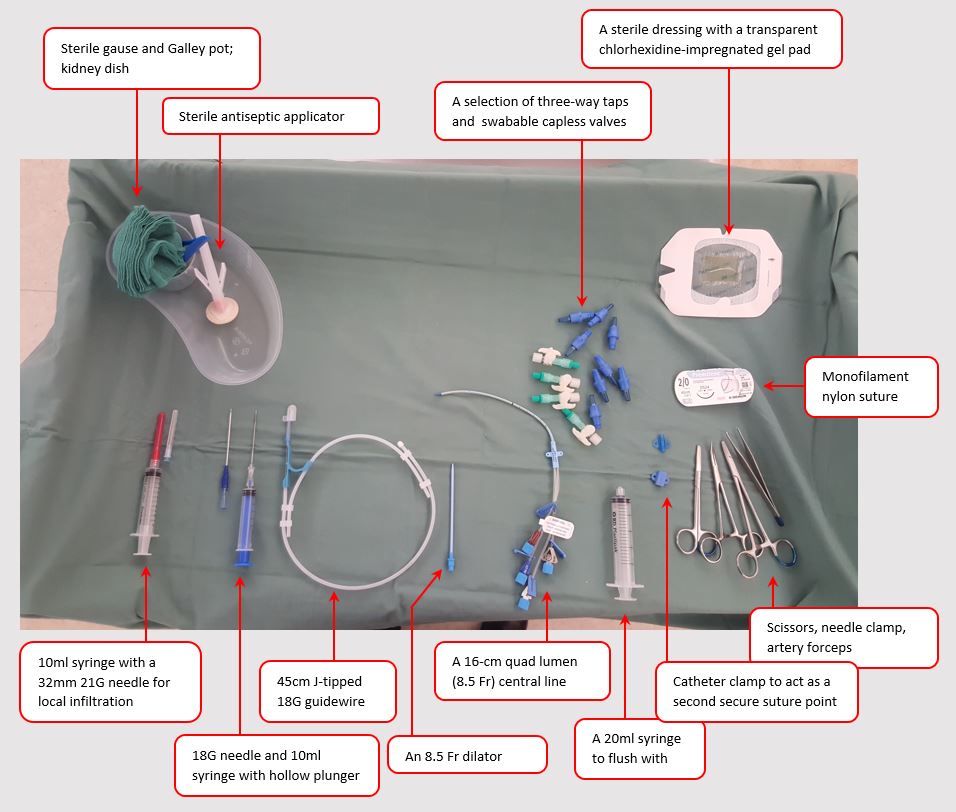Molar Extraction Healing

The process of healing after a molar extraction is a complex and multifaceted phenomenon, influenced by a variety of factors including the overall health of the patient, the complexity of the extraction procedure, and the quality of post-operative care. Understanding the stages of healing, potential complications, and the role of proper care in facilitating a smooth recovery is essential for both dental professionals and patients alike.
Immediate Post-Extraction Phase
In the immediate aftermath of a molar extraction, the body’s primary goal is to stop the bleeding and begin the healing process. This is achieved through the formation of a blood clot in the socket left by the extracted tooth. The blood clot is a crucial component of the healing process, as it protects the bone and nerve endings, reducing the risk of infection and promoting the regeneration of tissue. Patients are often advised to bite on a gauze pad for a specified period to help facilitate clot formation.
Inflammation and Debridement
Following the initial clot formation, the body enters an inflammatory phase, during which the immune system works to clean the area of any debris or bacteria. This phase is characterized by redness, swelling, and sometimes pain, all of which are normal responses to the surgical intervention. The inflammation typically peaks within the first 24 to 48 hours and then gradually subsides as the healing progresses.
Proliferation Phase
After the inflammatory phase, the proliferation phase begins, marked by the granulation of tissue and the formation of a protective layer over the wound. During this phase, the body starts to rebuild the tissue and bone in the extraction site. The creation of new tissue is a gradual process, with noticeable improvements in the wound’s appearance and the reduction of discomfort over time.
Remodeling Phase
The final phase of healing is the remodeling phase, where the newly formed tissue is reorganized to resemble the original tissue as closely as possible. This phase can last for several months, during which the bone density and the overall strength of the jaw in the area of the extraction improve. It’s crucial for patients to follow post-operative instructions carefully to ensure that this process occurs without complications.
Potential Complications
Despite the body’s remarkable ability to heal, complications can arise following a molar extraction. Dry socket, also known as alveolar osteitis, is one of the most common complications, occurring when the blood clot fails to form or is dislodged. This condition can be extremely painful and may require additional treatment from a dentist. Other potential complications include infection, prolonged bleeding, and damage to surrounding teeth or dental work.
Post-Operative Care
Proper post-operative care plays a critical role in the healing process. Patients are typically advised to rest, avoid strenuous activities, and follow a soft diet for the first few days. Maintaining good oral hygiene is also essential, although the extraction site itself should be avoided during brushing and flossing until it has healed sufficiently. The use of ice packs to reduce swelling, pain management with prescribed or over-the-counter medications, and adherence to any antibiotic regimen if prescribed are also common recommendations.
Modern Advances in Healing
Recent years have seen significant advancements in the field of dental surgery, with new techniques and materials being developed to enhance the healing process. The use of platelet-rich fibrin (PRF), a substance derived from the patient’s own blood that stimulates healing, is becoming increasingly popular. Moreover, certain medications and laser treatments are being explored for their potential to reduce healing time and minimize post-operative discomfort.
Patient Education and Compliance
Patient education is a critical component of successful healing. By understanding what to expect during the recovery period and the importance of adhering to post-operative instructions, patients can significantly reduce the risk of complications and ensure a smoother, more comfortable healing process. Regular follow-up appointments with a dental professional are also vital, providing an opportunity for the dentist to monitor the healing progress and address any concerns the patient may have.
Conclusion
The healing process after a molar extraction is a dynamic and highly individualized process, influenced by a multitude of factors. By combining a thorough understanding of the body’s healing mechanisms with proper post-operative care and adherence to professional advice, patients can navigate this process with minimal discomfort and optimal outcomes. As dental practices continue to evolve, it’s likely that future advancements will further improve the efficiency and comfort of the healing process, making dental extractions and recovery even more manageable for patients.
What are the most common complications after a molar extraction?
+Common complications include dry socket, infection, and prolonged bleeding. Dry socket occurs when the blood clot fails to form or is dislodged from the socket, leading to pain and delayed healing. Infection can occur if bacteria enter the extraction site, and prolonged bleeding may happen if the body has difficulty forming a clot.
How long does it take for the gum to heal after a molar extraction?
+The healing time can vary significantly from person to person, but generally, the initial healing process takes about 1-2 weeks, during which the gum starts to close over the extraction site. However, complete healing of the bone and tissue can take several months, typically ranging from 3 to 6 months, before the area is fully restored and ready for any further dental work, such as the placement of a dental implant.
What can I eat after a molar extraction to aid in healing?
+Aiding in healing after a molar extraction involves consuming a diet rich in nutrients that support tissue repair and regeneration. Soft, easy-to-chew foods such as yogurt, scrambled eggs, and mashed potatoes are recommended in the initial stages. As healing progresses, patients can gradually introduce more solid foods into their diet, ensuring they are nutritious and not too hot or too cold, which could irritate the extraction site.
Can I smoke after a molar extraction, and how does it affect healing?
+Smoking after a molar extraction is strongly discouraged as it significantly hinders the healing process. Smoking can lead to dry socket by dislodging the blood clot, reduce blood flow to the area (which is crucial for healing), and increase the risk of infection. It's recommended to avoid smoking for at least 24-48 hours after the procedure and ideally until the wound has fully healed.
How often should I change the gauze after a molar extraction, and why is it important?
+Changing the gauze as directed by your dentist is crucial for controlling bleeding and allowing a blood clot to form. Typically, patients are advised to bite on a gauze pad for 30 minutes to an hour after the procedure. If bleeding continues, the gauze may need to be changed and biting resumed. This process helps in achieving hemostasis (the stopping of bleeding) and protects the extraction site from infection and other complications.
| Healing Phase | Description | Duration |
|---|---|---|
| Immediate Post-Extraction | Blood clot formation, initial healing | First 24 hours |
| Inflammatory Phase | Body’s response to injury, cleaning of the area | 2-4 days |
| Proliferation Phase | Granulation of tissue, protective layer formation | 4-14 days |
| Remodeling Phase | Reorganization of new tissue, bone remodeling | Weeks to months |


